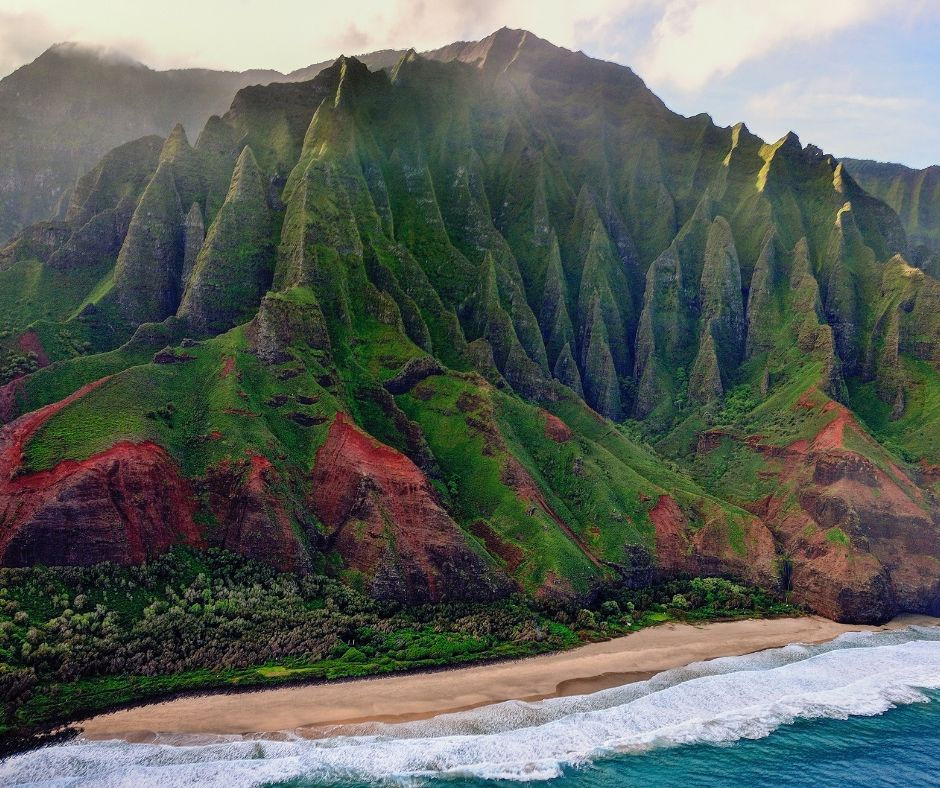Hawaii’s Underwater World: Snorkeling and Scuba Diving to Explore Vibrant Coral Reefs
- gloryanng8
- Aug 7
- 2 min read

Hawaii is renowned for its stunning underwater ecosystems, offering breathtaking experiences for both snorkeling and scuba diving enthusiasts. Here’s a comprehensive guide to exploring Hawaii’s vibrant coral reefs:
Why Explore Hawaii’s Coral Reefs?
Rich Biodiversity: Home to over 7,000 marine species, 25% of which are endemic.
Natural Beauty: Pristine coral gardens teeming with life, colorful fish, and unique marine creatures.
Cultural Significance: Hawaii’s waters hold immense cultural and ecological importance.
Top Snorkeling Spots in Hawaii
Molokini Crater, Maui:
A crescent-shaped volcanic crater offering clear waters and abundant marine life.
Great for beginners due to calm conditions.
Hanauma Bay, Oahu:
A marine life conservation area with shallow reefs ideal for snorkeling.
Features green sea turtles (honu) and a wide variety of fish.
Kealakekua Bay, Big Island:
Known for vibrant coral and historical landmarks.
Best accessed by kayak or boat tours.
Best Scuba Diving Locations
Lanai Cathedrals, Lanai:
Underwater lava formations create unique “cathedral-like” structures.
Ideal for experienced divers seeking adventure.
Kona Manta Ray Night Dive, Big Island:
One of the most famous night dives in the world.
Offers the opportunity to interact with graceful manta rays.
Black Rock, Maui:
Accessible from shore with vibrant coral walls and schools of fish.
Suitable for beginner divers.
Marine Life to Watch For
Green Sea Turtles (Honu): Often seen near coral reefs and sandy bottoms.
Hawaiian Spinner Dolphins: Frequently spotted during boat tours.
Reef Sharks: Harmless and essential for a healthy reef ecosystem.
Endemic Fish Species: Look out for the Humuhumunukunukuapua’a (triggerfish), Hawaii’s state fish.
Tips for Safe and Sustainable Exploration
Choose Eco-Friendly Tours: Opt for operators that prioritize reef conservation.
Use Reef-Safe Sunscreen: Protect the coral by avoiding harmful chemicals.
Don’t Touch or Disturb: Coral is fragile and can be damaged easily.
Learn Before You Go: Understanding marine life enriches your experience.
Best Times to Visit
Snorkeling: Summer months (May to September) offer calm waters and better visibility.
Diving: Year-round, though winter months may bring unique whale encounters.
Gear and Preparation
For Snorkeling:
Mask, snorkel, and fins.
Lightweight rash guard for sun protection.
For Scuba Diving:
Certification card (if applicable).
Dive computer and wetsuit suitable for tropical waters.
Sources
National Oceanic and Atmospheric Administration (NOAA) – Coral Reefs
Hawaii Department of Land and Natural Resources – Marine Life Conservation Districts
Scuba Diving Magazine – Top Hawaii Dive Spots
Hanauma Bay Nature Preserve – Visitor Information




Comments